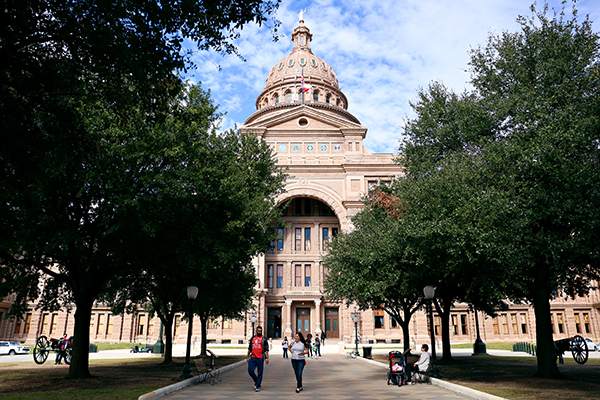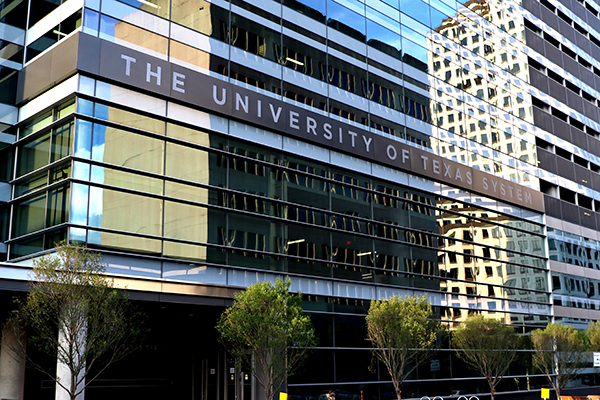Summer enrollment at Texas universities increased 16.4% from summer 2019 to summer 2020 amid the coronavirus pandemic, according to a preliminary data report by the Texas Higher Education Coordinating Board.
The board held their committee meetings and board meeting on Wednesday and Thursday, where they discussed the impact of coronavirus on higher education.
According to the report, the data trends show a greater change in summer enrollment this year compared to the last four years, especially at public universities. 32 out of the 38 Texas public universities showed increases from summer 2019 to summer 2020.
From 2016 to 2019, summer enrollment at universities hovered at around 250,000 students. From 2019 to 2020, it increased to nearly 300,000 students, according to the report.
Julie Eklund, assistant commissioner of strategic planning and funding for the board, said there are many possibilities why the increase occurred, such as the institutions’ initiatives to maintain enrollment.
“Although we can't know for sure exactly why we see this increase, one can speculate about several possibilities,” Eklund said at a board committee meeting Wednesday. “Students may have been less able to get jobs or internships over the summer so chose to continue and take courses.”
Institutions in the Central Texas region saw an overall increase of around 15%, according to the report. UT-Austin reported a 59% increase in summer enrollment compared to the summer of 2019, according to a Daily Texan article from June 15.
Every fall, the board collects preliminary enrollment counts for the fall semester. This year, they also collected summer 2020 preliminary enrollment data because of an overarching concern for COVID-19’s impact on enrollment variations, Eklund said.
Eklund said the enrollment data will be certified in September.
Coronavirus has also taken a toll on Texas higher education institutions’ campus operations, Harrison Keller, commissioner of higher education for the state of Texas, said at the board meeting.
"This is the greatest disruption to Texas higher education since the end of the Second World War,” Keller said.
Keller said the associated costs on higher education related to coronavirus are still unknown.
“(As) we head into the fall, we're all hoping that institutions will successfully be able to have students on campus throughout the fall semester, but we don't know yet what the future will bring, and all the institutions are planning for multiple scenarios,” Keller said.
Ray Martinez, the board’s deputy commissioner for academic affairs and workforce education, said one of the most important things the board can do is to maintain constant communication with state higher education institutions.
“The commissioner and agency staff has participated in numerous higher education briefings for legislative and government relations staff to update stakeholders on important issues impacting higher education,” Martinez said.
The board began preparation for coronavirus back in January, Martinez said. Since then, the board developed a coronavirus webpage with guidance for Texas higher education institutions that is updated regularly, Martinez said.
The board also compiled a spreadsheet with all institutions’ fall reopening plans so institutions can draw inspiration from each other, Martinez said.
“The primary role of the coordinating board in this public health emergency is to act as a facilitator, a partner and an advocate for institutions of higher education,” Martinez said.





















